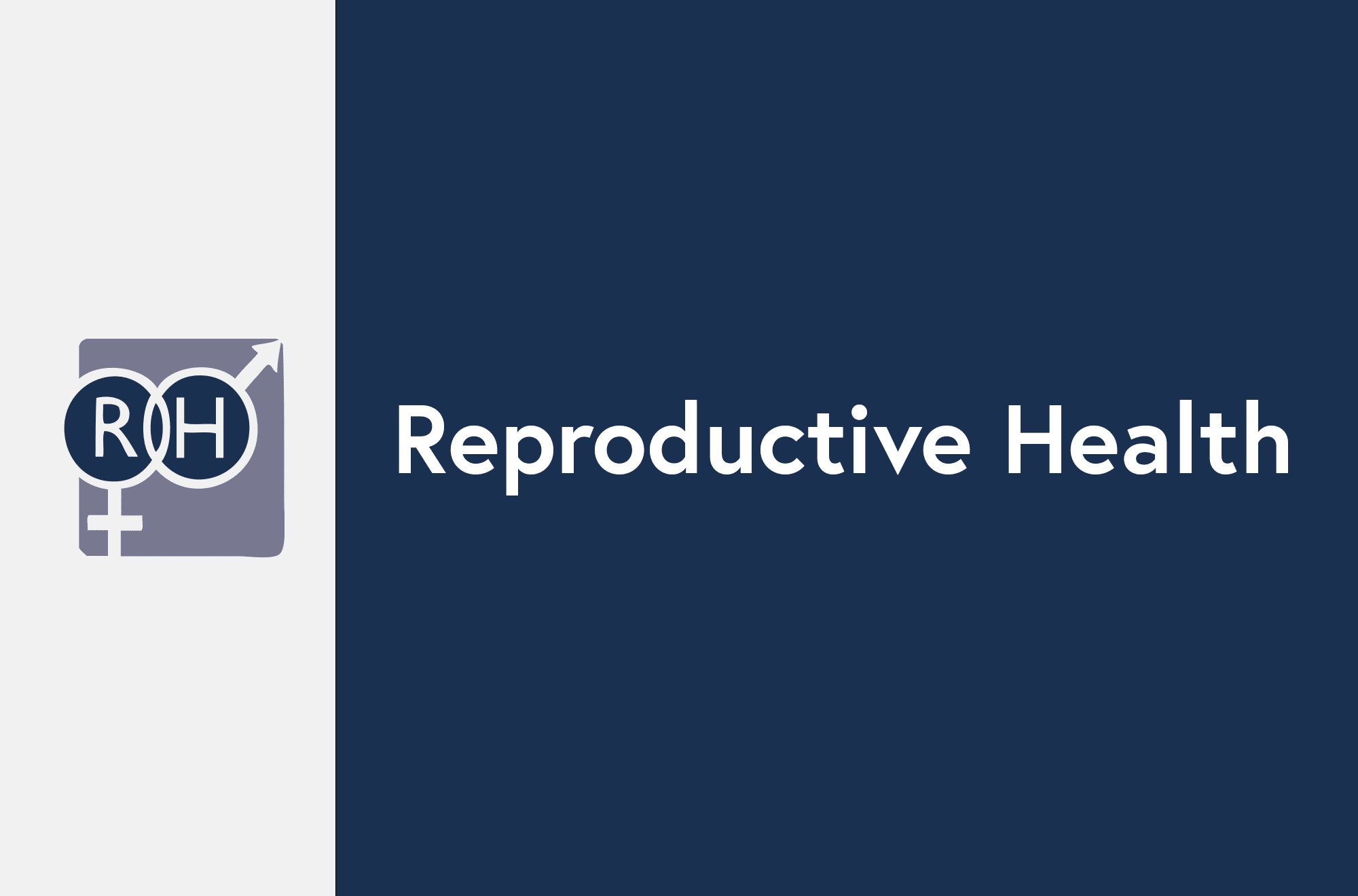
by Amy Grossman, Ndola Prata, Natalie Williams, Bela Ganatra, Antonella Lavelanet
Reproductive Health Journal 2023; 20;11 April, Suppl.1 (Open access)
Abstract
Background – In recent years a growing number of manufacturers and medical abortion products have entered country markets and health systems, with varying degrees of quality and accessibility. An interplay of factors including pharmaceutical regulations, abortion laws, government policies and service delivery guidelines and provider’s knowledge and practices influence the availability of medical abortion medicines. We assessed the availability of medical abortion in eight countries to increase understanding among policymakers of the need to improve availability and affordability of quality-assured medical abortion products at regional and national levels.
Methods – Using a national assessment protocol and an availability framework, we assessed the availability of medical abortion medicines in Bangladesh, Liberia, Malawi, Nepal, Nigeria, Rwanda, Sierra Leone and South Africa between September 2019 and January 2020.
Results – Registration of abortion medicines — misoprostol or a combination of mifepristone and misoprostol — was established in all countries assessed, except Rwanda. Mifepristone and misoprostol regimen for medical abortion was identified on the national essential medicines list/standard treatment guidelines for South Africa as well as in specific abortion care service and delivery guidelines for Bangladesh, Nepal, Nigeria, and Rwanda. In Liberia, Malawi, and Sierra Leone — countries with highly restrictive abortion laws and no abortion service delivery guidelines or training curricula — no government-supported training on medical abortion for public sector providers had occurred. Instead, training on medical abortion was either limited in scope to select private sector providers and pharmacists or prohibited. Community awareness activities on medical abortion have been limited in scope across the countries assessed and where abortion is broadly legal, most women do not know that it is an option.
Conclusion – Understanding the factors that influence the availability of medical abortion medicines is important to support policymakers improve availability of these medicines. The landscape assessments documented that medical abortion commodities can be uniquely impacted by the laws, policies, values, and degree of restrictions placed on service delivery programs. Results of the assessments can guide actions to improve access.



